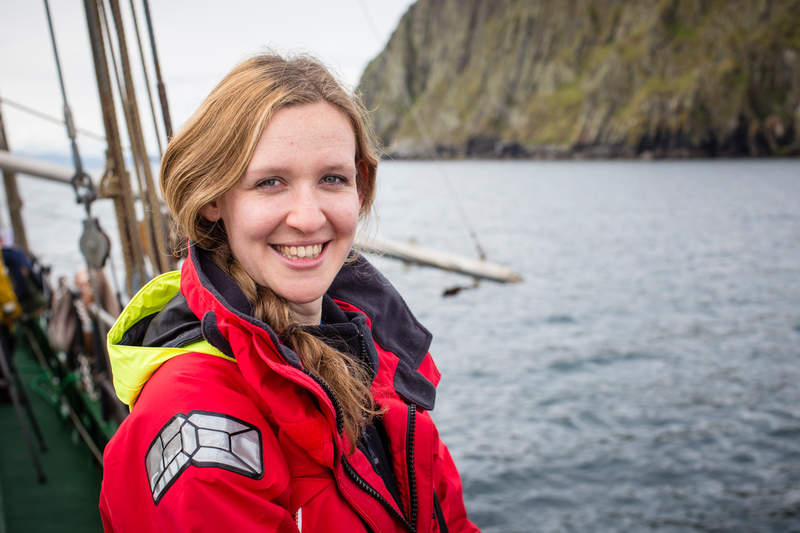September 2018
Almost half of our planet is a vast blue wilderness outside the boundaries of flags, languages and national divisions. These high seas cover an area bigger than every single continent combined – and they belong to us all. And right now, for the first time in history, the world is coming together to discuss a plan to protect them: a Global Ocean Treaty.
Scientists tell us that if we are to avoid the worst effects of climate change and save wildlife, we need to protect at least 30% of our oceans by 2030. At the moment just 4% of our oceans are protected - with less than 1% of the high seas designated as ocean sanctuaries, or marine reserves. With our oceans facing mounting pressures, we need to take action now.
Why is the situation so dire? Current ocean law internationally focuses more on the right to exploit these international waters than on any duty to protect them. While there are several global agreements covering fishing and mining, there is currently no way to create ocean sanctuaries for the majority of our high seas. As political momentum for ocean protection surges in response to citizens mobilising to tackle plastic pollution, we have to fix this glaring gap in global governance.
Here’s the good news. After more than a decade of informal discussions and preparatory work, countries at the UN have agreed to develop new global rules to protect biodiversity on the high seas: a Global Ocean Treaty. Negotiations started earlier this month, with the aim to create a new treaty by 2020. This is our historic opportunity to define global ocean protection and, if successful, this treaty would become the foundation for how governments create, manage and enforce ocean sanctuaries around the world.
Ocean sanctuaries not only provide a safe haven for wildlife populations to recover, free from human activity, but the benefits are global. Whales, turtles and migratory fish like tuna make up the 20,000 species of the high seas that we currently know about - and there will be far more in the depths. Healthy oceans, thriving with marine life, provide food security for billions of people and play a crucial role in taking in carbon dioxide, helping us to avoid the worst effects of climate change. Our fate and the fate of our oceans are intimately connected.
This month’s UN meeting is only the first step. The next two years are crucial to turn the tide towards ocean protection. Fishing industries, mining corporations and fossil fuel companies will try to intervene to convince governments that nothing needs to change. However, it’s business as usual that has brought our oceans to the brink of catastrophe.
As people mobilise in capitals around the world, calling on their governments to defend the high seas that belong to us all, we need to see concrete progress on ocean conservation to keep up momentum. Governments can already create sanctuaries in their own national waters and the UK should properly deliver its Blue Belt commitment to demonstrate a global gold standard. Equally, in the Antarctic, governments have an opportunity to create the largest protected area on Earth this October.
The UK, presiding over the fifth largest marine estate in the world, has a significant role to play in boosting these efforts to reach the bold and ambitious outcomes we need. Rather than looking backwards to our seafaring history, Michael Gove and his colleagues have in front of them a historic opportunity to bring the governance of the high seas up to date, preserving what protects us all for generations to come.
Louisa Casson, Oceans Campaigner, Greenpeace UK.
Follow @LouisaCasson and @GPUKoceans
The opinions expressed in this blog are the author's and not necessarily those of the wider Link membership.




Latest Blog Posts